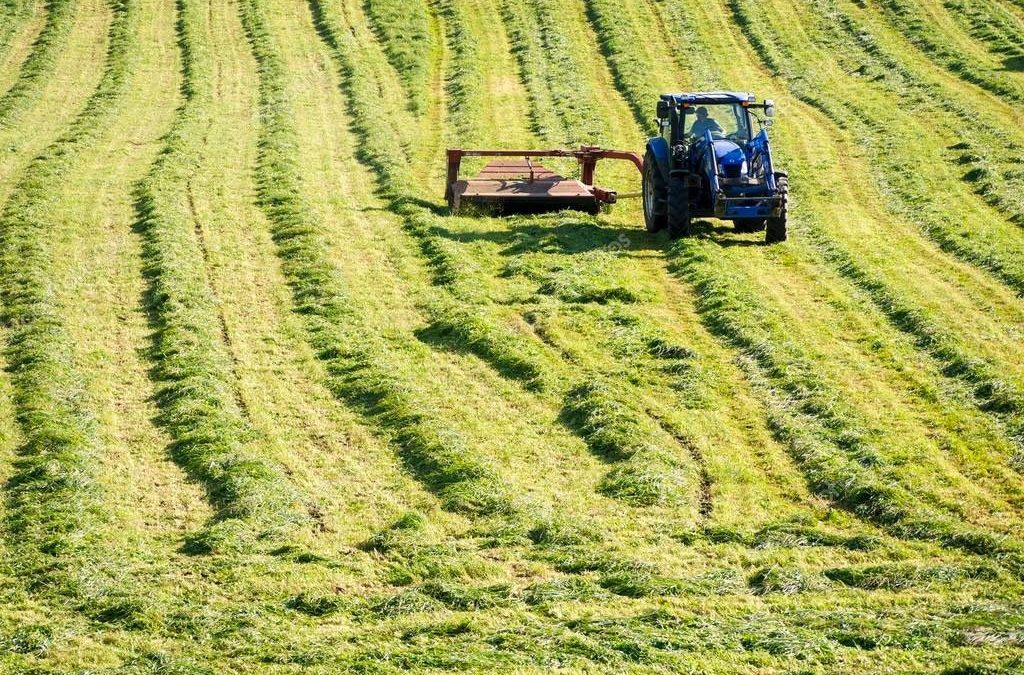What Makes Good Hay
When discussing the quality of hay, we often hear the terms “first cutting”, “second cutting”, and “third cutting”. The type of cutting that hay is derived from has often been used as an indicator of quality, but this method of evaluation is not the most accurate. The thought that first cutting hay is not as good as second or third cutting hay may or may not be true; it depends on the factors that make up quality hay, which include:
- Level of fertilization of the field
- Amount of water available during the growing season
- Species of plant/region being grown
- Insect infestation
- Weed control
- Sunlight
Each of these factors can change dramatically throughout the growing season. Many can be controlled and the best hay growers do just that. For example, in this country, much of the best hay comes from the dry western regions, where the sun is almost always shining and Mother Nature does not interfere with long rainy periods. Irrigation is used to control water application, fields are properly fertilized, and the right species of plants are grown for the region. High yields are easy to realize under these conditions because the level of control is so great. It is only when these factors are not controlled do you get large variation between cuttings. There are some places in California that can get 10-14 cuttings of alfalfa hay due to the long growing season and micromanagement of the plants in the field. Under such tight regulation, variation between cuttings is minimized.
The Best Way to Evaluate
Evaluate hay not by the cutting but by judging quality and maturity at cutting, how well the hay was processed – and most importantly – how well the hay suits the nutritional needs of the horse. Getting your hay analyzed by a forage laboratory is another means of evaluating. A forage analysis can tell you the nutritional content of your hay in terms of digestible energy, crude protein, calcium, phosphorus, and other measurements depending on the type of analysis you ask for.
Different Hay for Different Horses
Not every horse needs the best alfalfa hay and many do well when fed medium quality hay. For example, horse owners with overweight horses should look for a medium quality, low-calorie hay and then provide protein, vitamins, and minerals through the use of a supplement. This way, the horse can be fed more hay instead of being restricted to a very small amount of high-calorie forage, which can ultimately lead to a crabby, hungry horse that bolts its feed. Colic is also a repercussion of inadequate fiber intake. For gestating and lactating mares, growing horses, and horses that are intensively exercised and competing, alfalfa hay can be more suitable due to its higher values for percentage of protein, digestible fiber, and digestible energy.
Remember, look beyond the cutting of hay and evaluate it by quality, maturity, and the nutritional needs of your horse.
This blog post was originally posted on Thursday, September 19th, 2011 at Equine Nutrition and Health Services Blog. Blog article was re-posted with permission from blog owner, all rights reserved.

